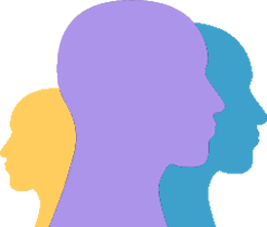Cleidocranial Dysplasia / Dysostosis
CCD is a complex congenital disease with skeletal anomalies and irregular dentition.
Dentists are often the first to encounter patients with CCD, some of whom do not show typical manifestations. Since it has similar features to other pathologies, CCD is misdiagnosed as other conditions. (Singhal, et al 2015)
Timing of treatment dentation anomalies is important. Removing the primary and supernumerary teeth together with the bone covering the impacted teeth in early age can facilitate the spontaneous eruption of impacted teeth. For adults, combined surgical-orthodontic treatment can achieve a nearly complete dentition and stable occlusal contact, but it is time consuming and needs repeated surgeries. Zhu et al 2018.
Some facial appearances are characteristic and may be of help to diagnose, need no treatment. There is a broad forehead with frontal bossing and some degree of hypertelorism. Head circumference is usually at the upper limit without being macrocephalic.
Many patients with hypoplastic or even absent clavicles have gone through life, even
working as manual laborers, without disability resulting from this defect. Depending on the degree of clavicular hypoplasia, appearance can
range from a dimple in the skin to sloping, almost absent shoulders and the ability to voluntarily bring the shoulders together. Stefan Mundlos, 1999
There has been an association with late-onset limb-girdle distribution myopathy. Hsueh et al 2017
Cleidocranial Dysplasia or Dysostosis
|
The most common features of cleidocranial dysplasia/ dysostosis are among others:
|
